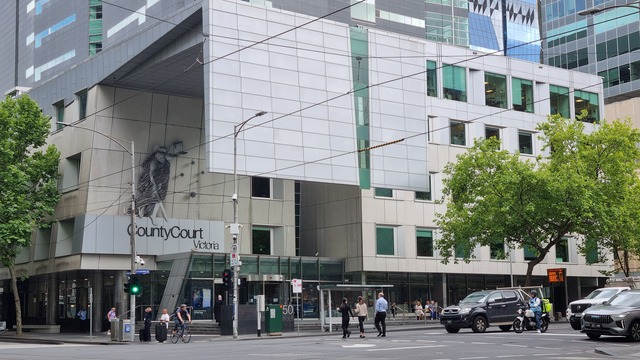The City of Casey will likely pass on the State Government’s recommendation of a 3.5 per cent rate cap for residents in the 2023-‘24 year, according to council’s chief executive Glenn Patterson.
In December, the State Government announced a doubling of the ‘fair go’ rates cap – up from 1.75 per cent last year and the highest setting since it was introduced in 2016.
City of Casey chief executive Glenn Patterson said council officers are likely to recommend that council pass on the full 3.5 per cent rate cap for the next financial year.
“The City of Casey is committed to meeting our growing community’s needs through managing our resources as sustainably as possible,” he said.
“With annual inflation hitting 7.3 per cent in September 2022, the City of Casey will need to bridge the widening gap between the State Government’s rate cap of 3.5 per cent – council’s major income source – and increasing operational costs well above the rate of inflation as well as our capital works projects which are also experiencing on average increased costs of between 25 and 30 per cent.
“Council’s 2023/24 budget setting – inclusive of fees, charges and rates – will therefore be focused on ensuring we can support the community through the continued provision of essential services and key infrastructure delivery given the city’s continued growth.”
Last year, on average Casey residential ratepayers were charged an extra $28.15 in rates.
Residential waste charges vary depending on the size and type of bins a resident selects, with charges increasing between $18 and $32 when comparing 2022-‘23 charges with 2021-‘22 figures.
Council’s draft 2023/24 budget is currently being developed and will be on public exhibition for community feedback in April and May this year, Mr Patterson said.
Spokesperson for Casey Residents and Ratepayers Association, Brendan Browne said the rates increase will be “so unaffordable for so many families”.
“Combined with mortgage stress, low wages growth and the cost of living, [residents] won’t know where to find the money.
“Perhaps they’ll be looking in the overgrown grass at their local park.”
The State Government’s suggestion of a 3.5 per cent rate cap is higher than the latest annual wages growth figure of 3.1 per cent, Mr Browne noted.
“Wages growth is only 3.1 per cent, so this increase in rates and charges represents a real increase on top of an already expensive rates bill.”
Local Government Minister Melissa Horne said the government set the rates cap lower than recommended by the Essential Services Commission due to the cost of living pressures facing rate payers.
The ESC recommended a marginally higher 4 per cent in line with the Consumer Price Index.
“The rate cap for the next financial year takes into account higher inflation and the need to protect Victorians from uncontrolled rate hikes, while ensuring councils can continue to deliver vital community services,” Ms Horne said.
Each council was responsible for setting their own rates level within the rates cap “based on the needs of the community”.
“Community members have the chance to engage with their local councils as they make decisions about rate rises through their budget process each year.”
The Fair Go Rates system was introduced in 2016 to curb rates rises.
In the decade before its introduction, council rates rose on average by 6 per cent a year.







